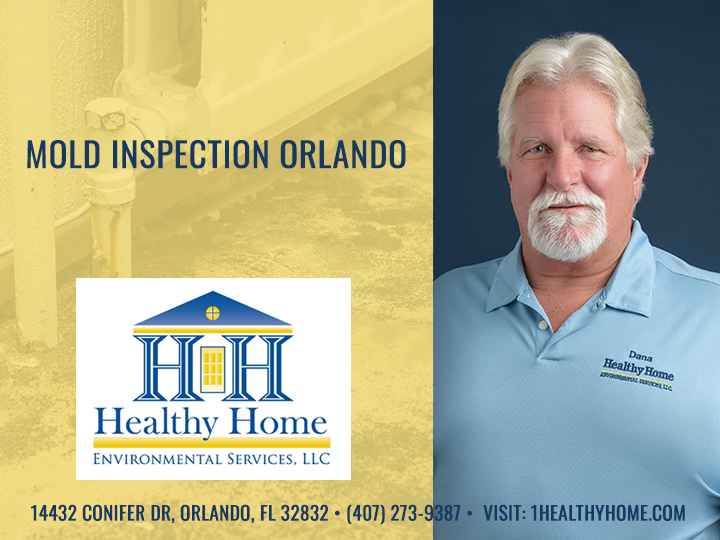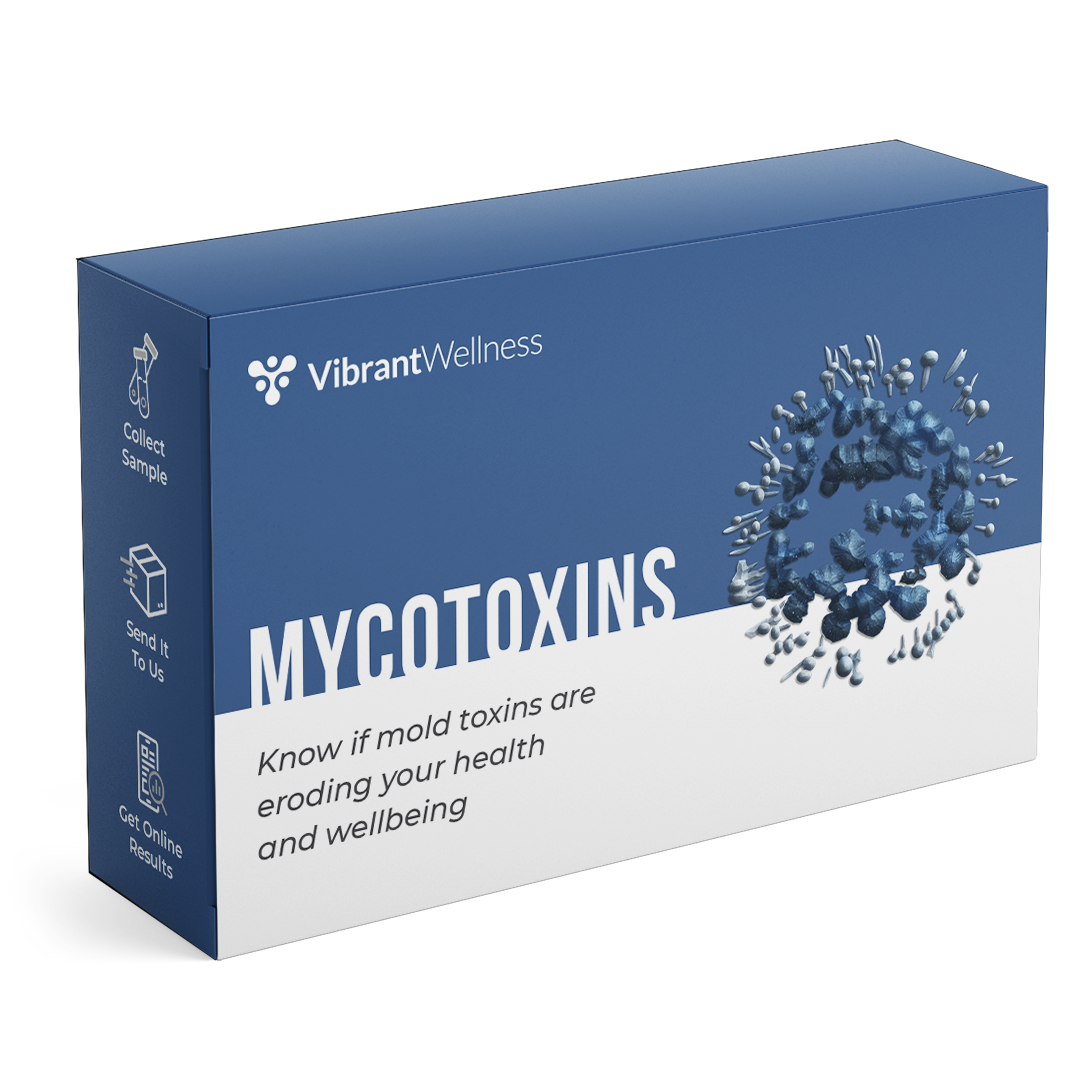The Role of Mycotoxin testing Services in Food and Feed Safety
Just How Mycotoxin Screening Aids Prevent Contamination and Protect Food Materials

Mycotoxin testing is an indispensable method in the food sector, working as a frontline defense against contamination by unsafe contaminants produced by mold and mildews. Via the application of innovative methods like High-Performance Liquid Chromatography (HPLC) and Fluid Chromatography-Mass Spectrometry (LC-MS), food manufacturers can precisely spot and quantify mycotoxin levels in agricultural items. This positive approach not just makes sure compliance with stringent safety and security guidelines but additionally alleviates health threats to consumers. Moreover, normal testing strengthens brand online reputation and monetary health by minimizing contamination-related events. Exactly how specifically do these testing procedures incorporate into the more comprehensive food safety method?
Understanding Mycotoxins
Comprehending mycotoxins starts with acknowledging that they are poisonous second metabolites generated by particular mold and mildews, which can infect farming items. These metabolites are not crucial for the development or reproduction of the fungis however can have severe implications for human and animal wellness. Mycotoxins are typically found in staple plants such as corn, wheat, barley, and nuts, where they can multiply under details problems of wetness and temperature.
There are a number of kinds of mycotoxins, each created by various fungal types. Aflatoxins, produced by Aspergillus species, are amongst one of the most well-known, known for their carcinogenic residential or commercial properties. Another considerable team includes ochratoxins, produced by Aspergillus and Penicillium varieties, which have nephrotoxic results. Fusarium types produce trichothecenes and fumonisins, both of which are connected with different acute and persistent health and wellness problems.

Threats of Mycotoxin Contamination
The risks of mycotoxin contamination are complex, presenting significant hazards to both food security and public health. Mycotoxins, poisonous substances created by certain kinds of fungis, can infect a large variety of agricultural items including grains, nuts, spices, dried fruits, and coffee.
Financial effects are an additional major problem. Polluted plants can lead to significant monetary losses for farmers and food manufacturers due to lowered yields and the demand for costly purification measures. International profession can be significantly impeded as nations enforce stringent mycotoxin guidelines to shield their populations, leading to declined shipments and strained trade relationships.
Environmental aspects such as environment change intensify the danger of mycotoxin contamination. Variants in temperature level and moisture can create desirable conditions for fungal growth, boosting the possibility of contamination events. Therefore, understanding and minimizing these threats are essential for making sure the security and integrity of global food supplies.
Methods of Mycotoxin Testing
Accurately identifying mycotoxin contamination in agricultural items is essential for safeguarding public health and maintaining food safety standards. Different methods are used to spot and quantify mycotoxins, each offering details advantages and constraints.
High-Performance Fluid Chromatography (HPLC) is a widely utilized technique due to its high sensitivity and accuracy. It entails separating mycotoxins from other materials in an example, allowing accurate metrology. In A Similar Way, Liquid Chromatography-Mass Spectrometry click here to find out more (LC-MS) combines liquid chromatography with mass spectrometry to offer comprehensive molecular details, making it specifically helpful for identifying numerous mycotoxins all at once - Mycotoxin testing Services.

Gas Chromatography-Mass Spectrometry (GC-MS) and Thin-Layer Chromatography (TLC) are also employed, each with unique applications. GC-MS works read the article for unstable mycotoxins, while TLC provides a simpler, cost-effective alternative for initial testing.
Advantages of Routine Testing
Regular screening for mycotoxins in farming items supplies many benefits, considerably adding to public health and food safety and security. By determining contamination early, routine testing aids stop the distribution of hazardous foods, thus reducing the threat of mycotoxin-related ailments amongst consumers. This aggressive strategy not only safeguards human wellness however also boosts the general high quality of food supplies.
Various countries and regions have actually developed strict restrictions for mycotoxin levels in food and feed. Adhering to these limitations via regular testing makes certain that suppliers and producers satisfy legal standards, thereby avoiding penalties and trade barriers.
Furthermore, normal mycotoxin testing can result in significant economic advantages. Early detection of contamination enables timely intervention, reducing prospective losses from prevalent contamination. Carrying out normal screening protocols can additionally minimize recall costs and associated responsibilities, which can be financially devastating.
In addition, normal testing supplies beneficial data that can inform much better farming practices and storage conditions. By comprehending patterns of contamination, producers can adopt precautionary procedures, thereby lowering future risks and contributing to the sustainability of the food supply chain.
Applying Checking Protocols
Carrying out effective mycotoxin testing procedures is critical for ensuring the safety and high quality of farming products. Developing a durable testing framework includes several crucial actions, starting with the web link identification of potential contamination points within the manufacturing and supply chain. This consists of pre-harvest, post-harvest, storage, and distribution phases. Each phase needs to be looked at to identify where mycotoxin contamination is more than likely to occur.
As soon as essential control points are recognized, picking proper testing methods is important. Common methods consist of enzyme-linked immunosorbent assay (ELISA), high-performance fluid chromatography (HPLC), and mass spectrometry (MS) Each approach has its staminas and weak points; hence, choosing the proper one depends upon the specific mycotoxin being checked, the called for sensitivity, and available sources.

Finally, incorporating the testing methods into a comprehensive food safety administration system is advisable. This enhances traceability and allows quick restorative activities when contamination is spotted, thus safeguarding the stability of the food supply chain.
Final Thought
Mycotoxin testing is necessary in preventing contamination and protecting food supplies by enabling early discovery of hazardous contaminants produced by molds in agricultural items. Advanced techniques such as HPLC and LC-MS make certain conformity with safety laws and secure consumers from health threats. Normal screening improves brand name reputation, monetary stability, and depend on in food safety and security by lessening contamination-related losses and keeping high criteria in food manufacturing. Implementing extensive testing methods is therefore necessary for the sector's general wellness.
Mycotoxin testing is a vital practice in the food industry, serving as a frontline protection against contamination by unsafe contaminants created by molds. An integrated strategy including agricultural methods, storage administration, and normal screening can reduce the risks connected with mycotoxin contamination, making certain food safety and security and public health and wellness.
The dangers of mycotoxin contamination are multifaceted, positioning considerable hazards to both food safety and security and public wellness.Routine testing for mycotoxins in farming items supplies numerous benefits, substantially adding to public health and food safety.Mycotoxin screening is important in stopping contamination and securing food supplies by making it possible for very early discovery of harmful toxins created by molds in agricultural products.